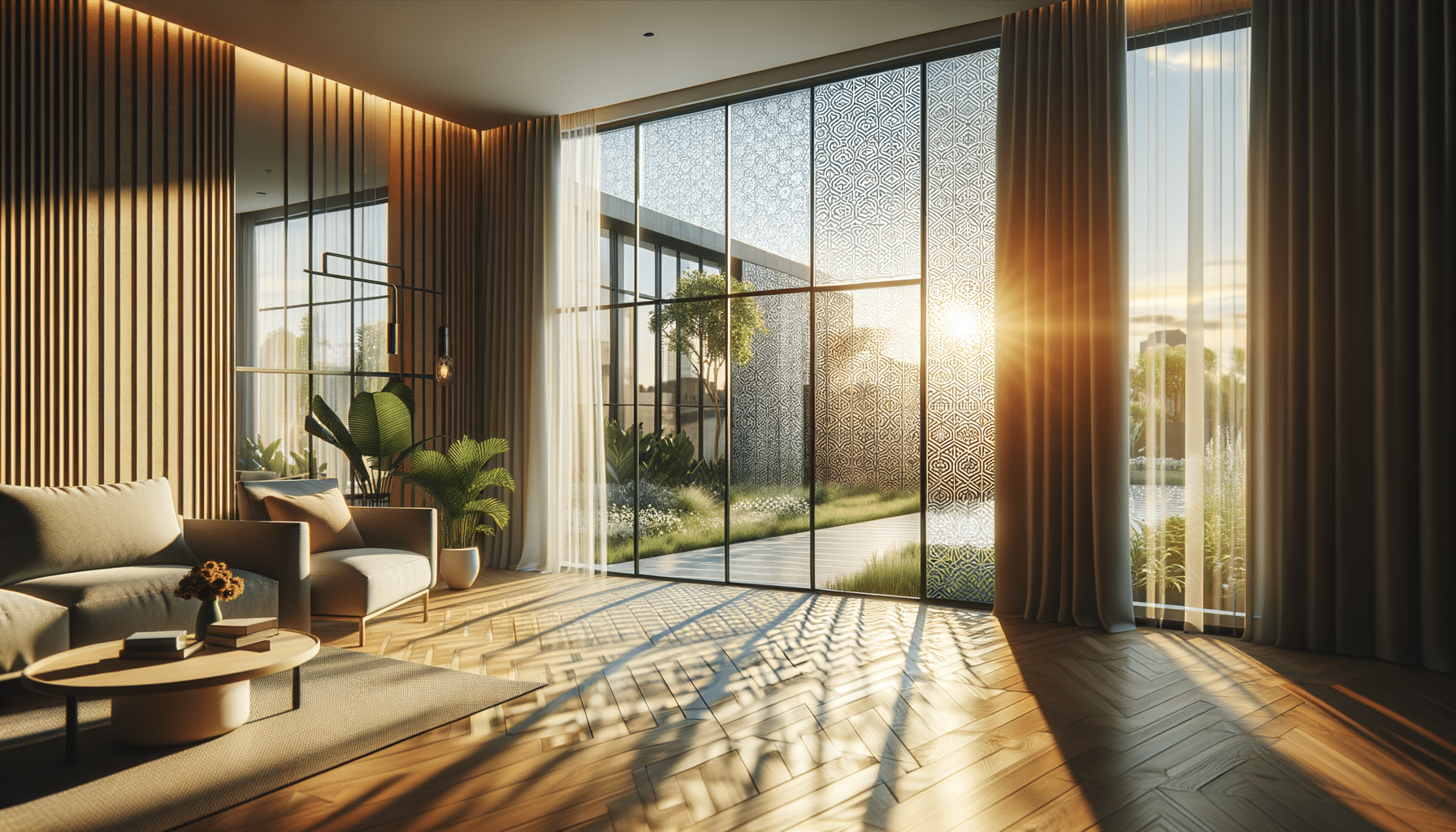
Learn About Decorative Window Films
Introduction to Decorative Window Films
Decorative window films are a versatile and stylish solution for enhancing the appearance of glass surfaces in both residential and commercial settings. They offer an excellent way to add privacy, reduce glare, and improve aesthetics without the need for permanent changes to windows or glass doors. These films come in various designs, including geometric patterns, art deco styles, and stained-glass effects, making them a popular choice for anyone looking to personalize their space with a touch of elegance.
Beyond aesthetics, decorative window films serve practical purposes. They can diffuse light, reducing the harshness of direct sunlight and helping to maintain a comfortable indoor environment. Additionally, they offer a degree of privacy by obscuring the view from outside while still allowing natural light to filter through. This introduction sets the stage for exploring the diverse applications and benefits of decorative window films.
Types of Decorative Window Films
Decorative window films are available in a wide range of styles and materials, each catering to different tastes and functional requirements. Some of the most popular types include:
- Frosted Films: These films simulate the appearance of frosted glass, offering a sleek and modern look. They are ideal for spaces where privacy is a priority, such as bathrooms or office partitions.
- Patterned Films: Available in an array of designs, from simple stripes to intricate floral patterns, patterned films can add a unique flair to any window. They are often used in living rooms or dining areas to create a focal point.
- Stained Glass Films: Mimicking the look of traditional stained glass, these films bring a touch of old-world charm to modern interiors. They are perfect for historical homes or as an artistic statement in contemporary spaces.
- Textured Films: These films offer a three-dimensional effect, adding depth and interest to otherwise plain glass surfaces. They are commonly used in commercial settings to create a distinctive brand image.
Choosing the right type of decorative window film depends on the desired aesthetic and functional outcomes, as well as the specific needs of the space.
Installation Process and Considerations
Installing decorative window films is generally a straightforward process, but it requires careful attention to detail to ensure a professional finish. The first step is to clean the glass surface thoroughly to remove any dust or grease, as these can interfere with the film’s adhesive properties. Next, the film is measured and cut to fit the window precisely.
During installation, it is crucial to apply the film smoothly to avoid air bubbles or creases. A squeegee is often used to press the film onto the glass, starting from the center and working outward. Depending on the type of film and the size of the window, the installation process can vary. Some films, particularly larger or more intricate designs, may benefit from professional installation to achieve the best results.
It’s also important to consider the impact of light diffusion and privacy needs when selecting a film. For example, frosted or opaque films are more effective at obscuring views, while transparent or lightly patterned films allow more light to pass through.
Benefits of Using Decorative Window Films
Decorative window films offer numerous advantages beyond their aesthetic appeal. One of the primary benefits is enhanced privacy. By obscuring the view from outside, these films allow occupants to enjoy natural light without compromising their privacy.
Additionally, window films can contribute to energy efficiency by reducing heat gain and glare from direct sunlight. This can lead to more comfortable indoor temperatures and potentially lower energy bills, as less air conditioning is needed to maintain a cool environment.
Moreover, decorative films are a cost-effective alternative to etched or stained glass, providing a similar visual effect without the high expense or permanence. They are also removable and replaceable, offering flexibility for those who like to change their decor frequently.
For businesses, decorative window films can enhance branding by incorporating logos or custom designs directly onto glass surfaces, creating a cohesive and professional appearance.
Creative Applications and Design Ideas
The creative potential of decorative window films is virtually limitless, allowing for unique and personalized design solutions in both home and commercial environments. For homeowners, these films can be used to create themed rooms or to introduce color and pattern into a neutral interior.
In commercial spaces, decorative films can delineate areas within an open-plan office or add visual interest to meeting rooms and lobbies. They can also serve as a branding tool, incorporating company colors or motifs into the design.
Some innovative uses of decorative films include:
- Room Dividers: Using films on glass partitions can create distinct zones within a space without the need for solid walls.
- Artistic Features: Films with artistic designs can transform ordinary windows into captivating art pieces, drawing the eye and adding character.
- Seasonal Decor: Temporary films can be used to celebrate holidays or special occasions, easily changed to reflect the season or event.
Decorative window films offer endless possibilities for enhancing and personalizing glass surfaces, making them a valuable addition to any design toolkit.


